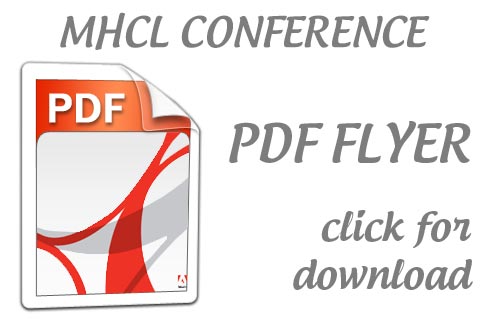XXV International Conference on Material Handling, Constructions and Logistics
2017
- Details Category:
- Activites /
- 2017
Although similar material and material equipment interactions are present with handling of any material, research on large‐scale handling of biomass is relatively new. The design of equipment should take into account the different nature and characteristics of the material as well as the response of the material to the equipment and vice versa. Simply using existing equipment for other materials is not always efficient; it might result in under performance in terms of throughput as well as sustainability aspects as power consumption and dust emissions.
This paper will discuss the handling of biomass from an equipment perspective partly based on particle based simulations. It addresses the relations between the characteristics of biomass materials and equipment used at small and large‐scale terminals. Furthermore the focus expands towards the system and network perspective to address the inland logistics of the biomass handling chain.
Dr Dingena Schott
Associate Professor
TU Delft
Netherlands
- Details Category:
- Activites /
- 2017
With more capable systems and subsystems however, it is questionable, whether such a multi-tiered architecture with central controllers on each level are suitable for today's business environment.
By using examples of the Institute of material handling and logistics at Karlsrhue Institute of Technology, we will discuss necessary properties, architectures and technologies for flexible, adaptable and user-friendly material handling systems.
Professor Dr.-Ing. Kai Furmans
Institute of Material Handling and Logistics - KIT
Karlsruhe Institute of Technology
Germany
- Details Category:
- Activites /
- 2017
Bucket wheel excavators, spreaders, reclaimers etc. are the group of the heavy machines commonly used in the mining, power and bulk-handling industry. As machines of those type are used worldwide in different operational conditions, different design and testing approach were developed in national and international standards. The paper presents and compare the theoretical assumptions stated in most common standards (DIN, AS, ISO, BG) as well in the technical and scientific literature. Moreover, the paper presents real life application giving this way opportunity for reliable assessment of the obtained results over the normative theoretical assumptions.
This email address is being protected from spambots. You need JavaScript enabled to view it., This email address is being protected from spambots. You need JavaScript enabled to view it., This email address is being protected from spambots. You need JavaScript enabled to view it., This email address is being protected from spambots. You need JavaScript enabled to view it., This email address is being protected from spambots. You need JavaScript enabled to view it.
Department of Machine Design and Research
Faculty of Mechanical Engineering
Wroclaw University of Technology
Poland
- Details Category:
- Activites /
- 2017
Prof. Dr. Ing. habil. Thorsten Schmidt
Institut für Technische Logistik und Arbeitssysteme
Technische Universität Dresden
Germany
- Details Category:
- Activites /
- 2017
This email address is being protected from spambots. You need JavaScript enabled to view it.
FML – Lehrstuhl für Fördertechnik Materialfluss Logistik
Institute for Materials Handling, Material Flow, Logistics
Technische Universität München
Germany
Host city and venue - Vienna
Latest news
-
MHCL 2024 - Conference agenda
10 September 2024
Dear, All the necessary information regarding the presentation of the paper can be found in the agenda of the conference, as well as here:Wednesday - 18.09.2024.13:00 - 14:00 - Registration [ground... -
28 August 2024
New information about the conference MHCL 2024 -
16 July 2024
Updated information about MHCL Conference 2024 -
17 January 2024
Welcome to MHCL 2024


